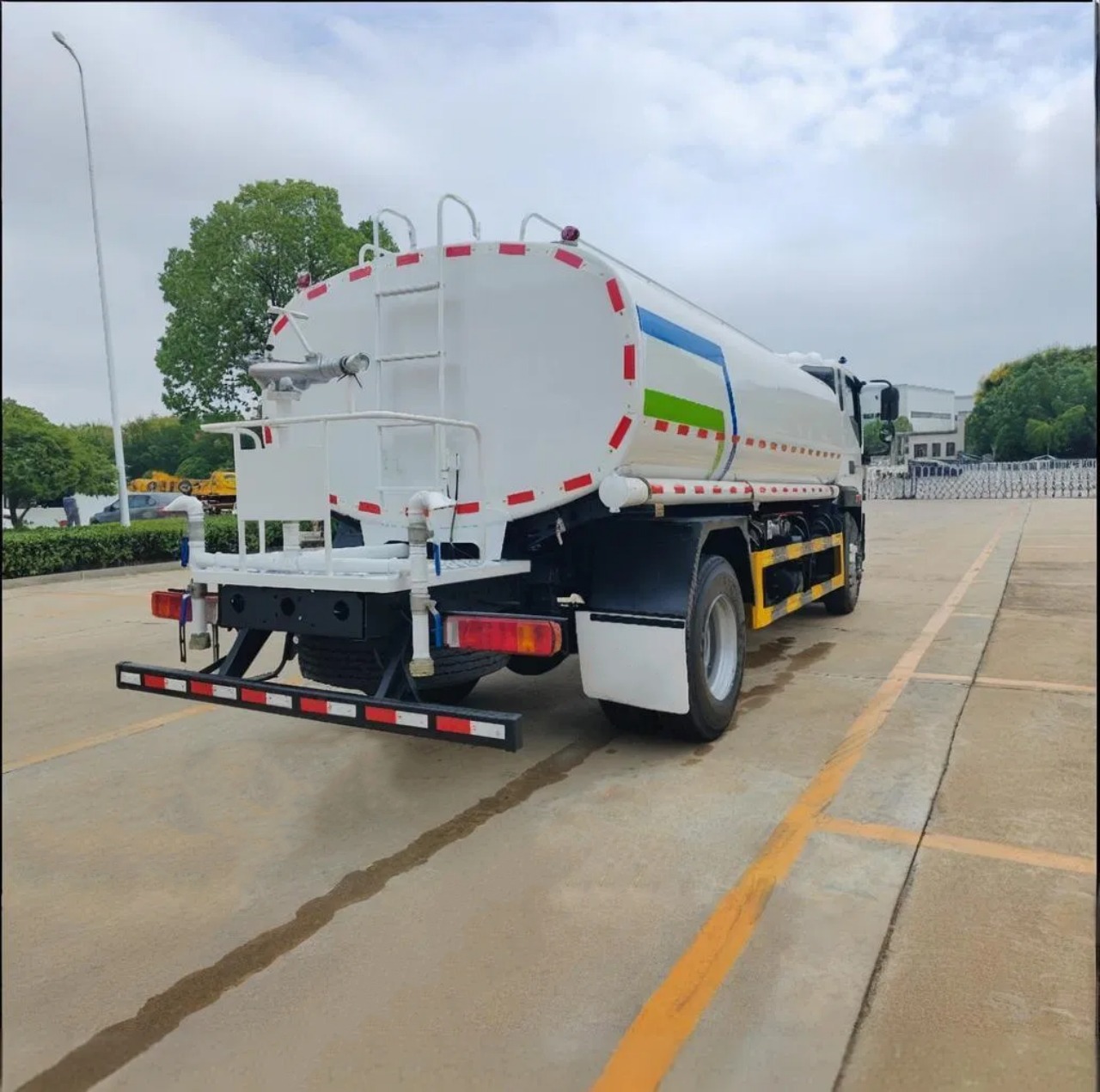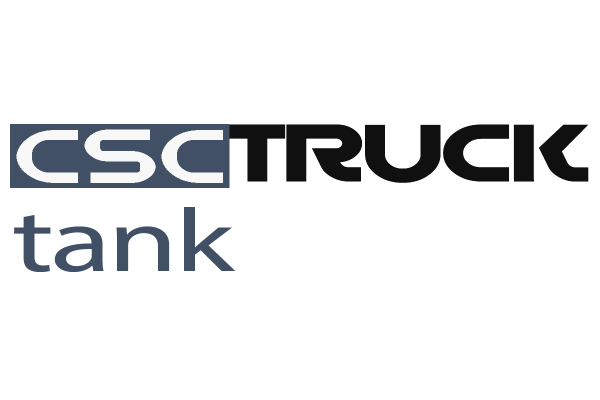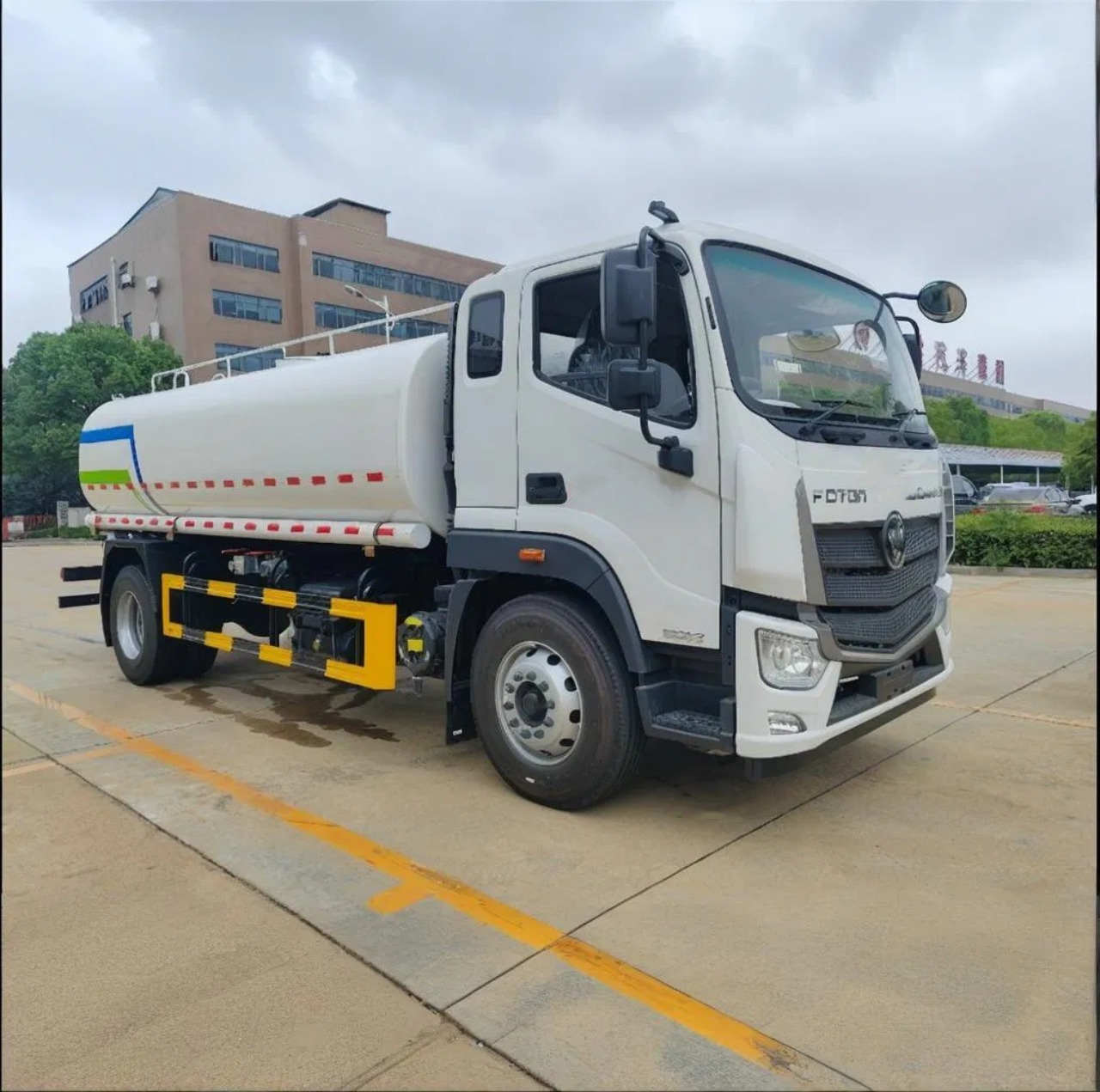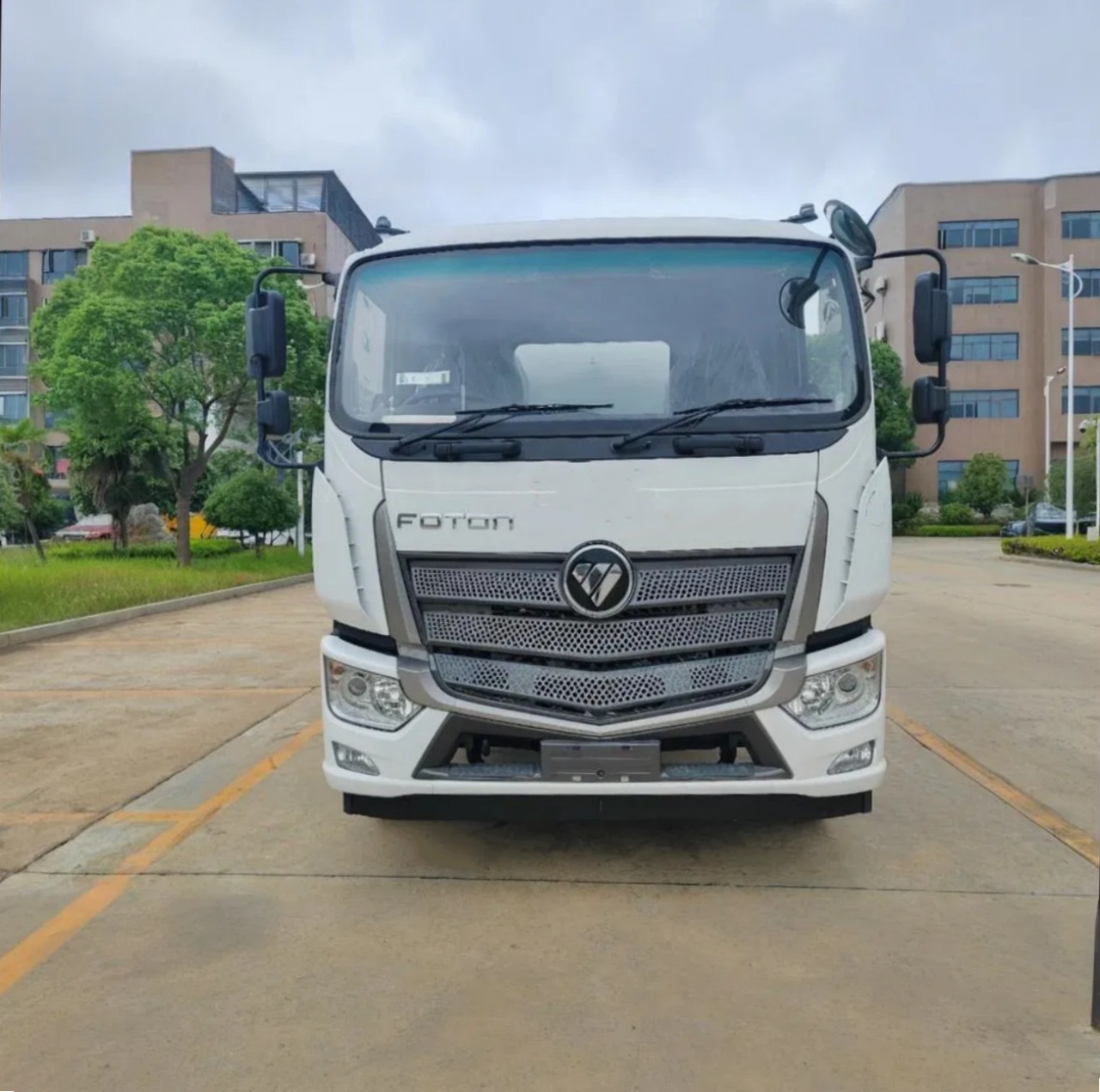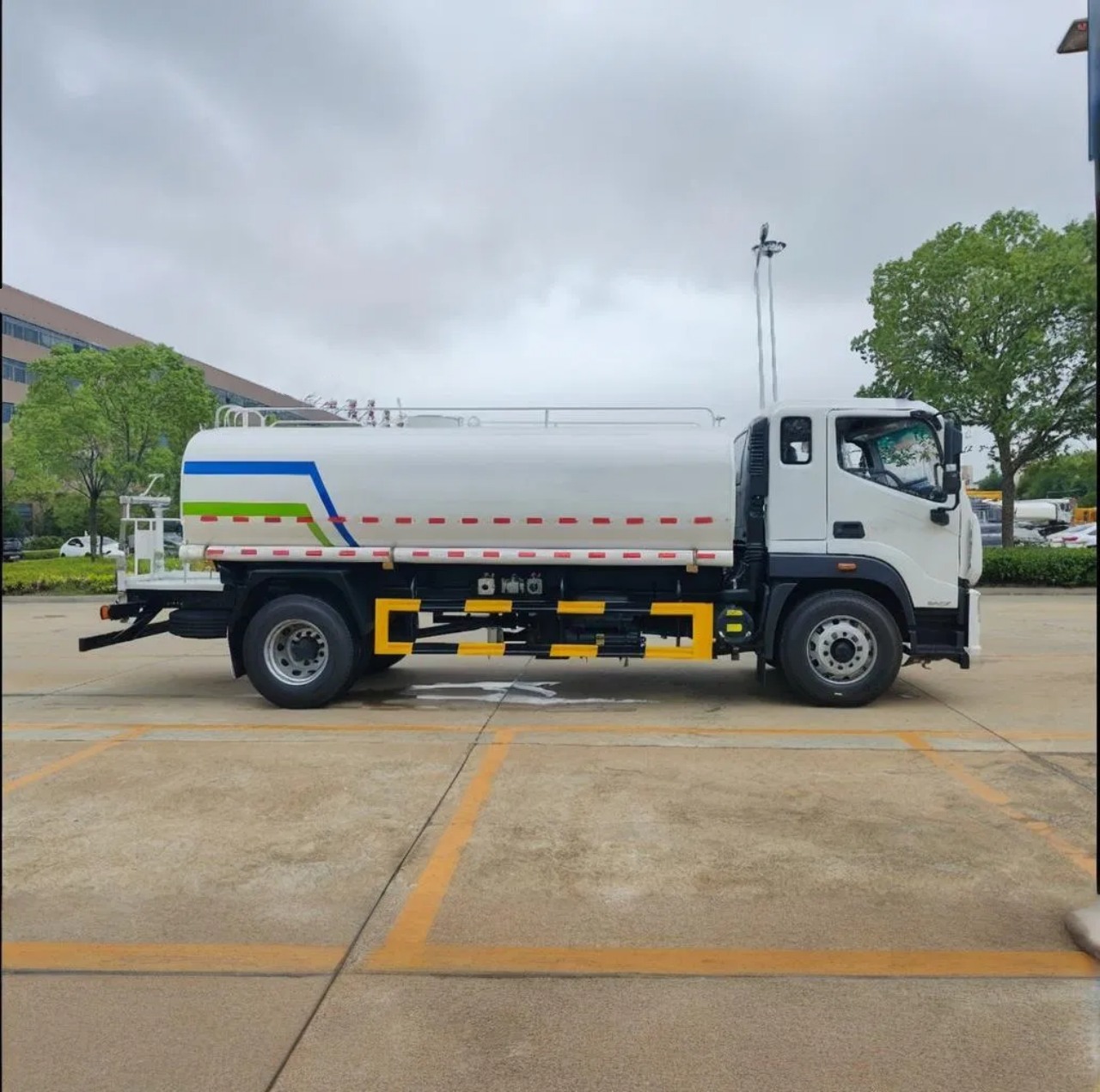Water trucks play a crucial role in a variety of industries and environments, offering a mobile and efficient solution for transporting and distributing large volumes of water. From construction sites to agricultural fields and municipal projects, these specialized vehicles are indispensable wherever water is needed but not readily available. This article explores what water trucks are, their components, and the many ways they are used across different sectors.
What is a Water Truck?
A water truck is a specialized vehicle designed to transport and dispense water. Typically built on a heavy-duty truck chassis, it carries a large tank (ranging from a few hundred to several thousand gallons), a pumping system, and a series of hoses or spray nozzles. The tank is usually made from materials like steel, aluminum, or polyethylene, depending on the intended use.
Modern water trucks come with various features, including pressurized spray systems, gravity-fed outlets, rear and side sprayers, and even remote-controlled spray heads. These vehicles can be customized for potable (drinkable) water or non-potable uses, depending on regulatory standards and intended application.
Primary Uses of Water Trucks
Water trucks are utilized in many industries, with applications that range from dust suppression to firefighting. Here’s a detailed look at the most common uses:
1. Dust Control and Suppression
One of the most widespread applications of water trucks is dust control. In construction sites, mining operations, and quarries, constant movement of heavy machinery and dry materials generates a large amount of dust. This dust can pose health hazards, reduce visibility, and cause environmental concerns.
Water trucks help by spraying a fine mist or a steady stream of water over the ground to keep dust levels down. This process not only improves air quality and safety but also helps companies comply with environmental regulations related to air pollution.
2. Soil Compaction
In road construction and other infrastructure projects, compacting the soil is essential to ensure a stable foundation. Moisture plays a critical role in soil compaction—too little water and the soil remains loose, too much and it becomes muddy and unworkable.
Water trucks are used to add precise amounts of water to the soil to achieve the ideal moisture content. This ensures that the ground can be properly compacted, resulting in a more durable and long-lasting surface.
3. Firefighting Support
While not a replacement for fire engines, water trucks can serve as valuable support vehicles in firefighting operations, especially in remote or rural areas. Some are specifically designed or retrofitted to serve as wildfire tenders, equipped with fire hoses, high-pressure pumps, and quick-fill adapters.
They can be deployed to pre-wet areas, create firebreaks, or refill smaller firefighting units when access to hydrants or other water sources is limited.
4. Agricultural Irrigation
Farmers and agricultural workers use water trucks for crop irrigation, particularly in areas where fixed irrigation systems are unavailable or during drought conditions. These trucks can deliver water to distant fields, orchards, and pastures efficiently.
They are also useful for watering newly planted trees or landscaping in locations without access to piped water.
5. Street and Road Cleaning
Municipalities often use water trucks to clean streets, highways, and airport runways. Equipped with front or rear sprayers and sometimes with high-pressure jets, these trucks can remove dust, dirt, and debris from paved surfaces.
Regular road cleaning improves public health, maintains urban aesthetics, and extends the life of asphalt or concrete surfaces by preventing the accumulation of corrosive substances like salt.
6. Compensating for Lack of Infrastructure
In many developing areas or construction zones without piped water infrastructure, water trucks are used to provide a reliable supply of water. This includes delivering potable water to communities, temporary housing developments, or work camps.
In emergencies, such as after natural disasters or infrastructure failures, water trucks may be deployed to supply clean drinking water to affected populations.
7. Hydroseeding and Landscaping
Water trucks are also utilized in hydroseeding—a method of planting grass or vegetation using a slurry of seed, mulch, fertilizer, and water. The slurry is sprayed over large areas, often for erosion control or to quickly establish vegetation.
In landscaping, water trucks are used to water newly planted lawns, gardens, or roadside vegetation, especially in arid climates where water access is limited.
Key Components of a Water Truck
To fulfill their functions efficiently, water trucks are designed with several integral components:
- Water Tank: Typically ranging from 500 to over 5,000 gallons in capacity. Materials and coatings vary depending on whether the water is potable or non-potable.
- Pump System: Often hydraulic or PTO-driven (Power Take-Off), pumps enable controlled water discharge through various outlets.
- Spray Heads and Nozzles: Positioned at different parts of the truck (rear, front, sides), these allow for targeted or wide-range spraying.
- Hoses and Reels: Provide flexibility for manual spraying or for connecting to external systems.
- Control Valves and Panels: Let the operator manage flow rate, pressure, and spray pattern.
Advanced systems may include GPS integration, remote-control systems, and flow meters for precise application.
Types of Water Trucks
Water trucks come in various configurations depending on their application:
- On-Road Water Trucks: Designed for urban or paved environments, typically used by municipalities or utility companies.
- Off-Road or Articulated Water Trucks: Built for rugged terrain in mining or construction zones.
- Tanker Trailers: Pulled by tractor units, suitable for long-distance transport of large water volumes.
Each type can be customized for capacity, spraying mechanism, and pump type depending on user needs.
Conclusion
Water trucks are vital pieces of equipment in numerous industries, providing an adaptable and mobile solution to water delivery and application challenges. Whether it’s suppressing dust on a construction site, fighting wildfires, irrigating farmland, or delivering drinking water to underserved areas, water trucks fulfill diverse roles that help maintain safety, health, and environmental standards.
As infrastructure grows and environmental considerations become more pressing, the demand for efficient water transport and distribution solutions like water trucks is expected to continue rising. Their flexibility, capacity, and ease of deployment make them an indispensable asset in both urban and remote settings.
